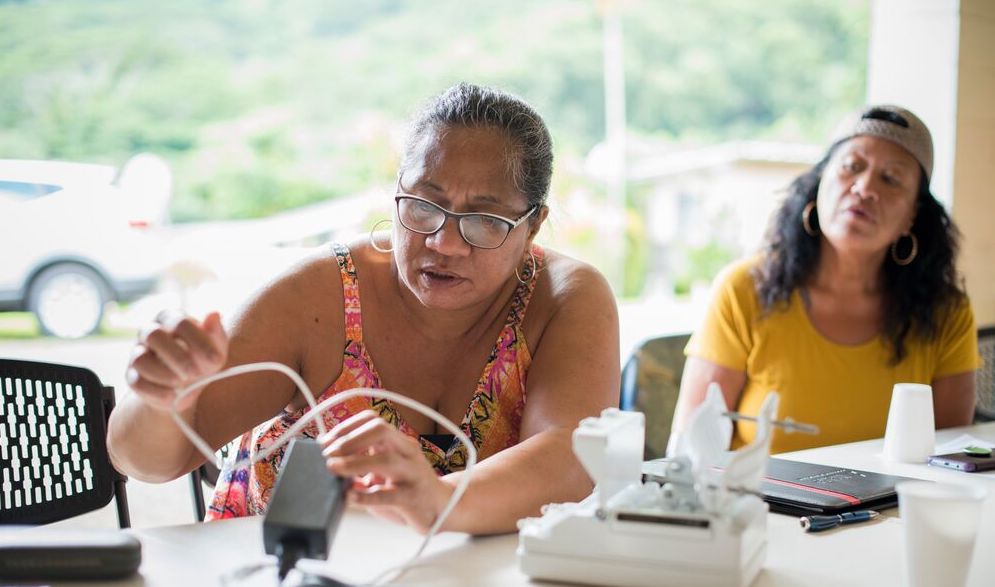Indigenous populations, especially those in remote areas, have historically struggled with limited or no access to reliable and affordable Internet. This lack of connectivity not only hinders communication but exacerbates social and economic inequalities. Several key factors contribute to these challenges, according to an article published by the Internet Society and written by Sharayah Lane:
- Geographical Isolation: Many Indigenous communities reside in remote, often hard-to-reach areas, making traditional infrastructure development both costly and logistically challenging.
- Historical Marginalization: Colonial legacies have left many Indigenous groups systematically excluded from critical services and opportunities, including Internet access.
- Sovereign Status: Indigenous tribes functioning as sovereign nations often encounter additional bureaucratic barriers to accessing governmental resources, funding, and programs designed to improve infrastructure.
- Cultural Disconnect: Mainstream service providers and governmental bodies often fail to respect or understand Indigenous cultures, values, and ways of life, further marginalizing these communities.
- Limited Incentive for Large Providers: Major Internet service providers are generally profit-driven and less motivated to expand services into low-revenue areas, leaving Indigenous regions underserved despite public funding opportunities often being directed toward these companies.

Overcoming Barriers to Indigenous Connectivity
Despite these significant challenges, Indigenous communities around the globe are developing innovative ways to close the digital divide. Many have taken matters into their own hands, working to establish community-owned and operated Internet services. These efforts often include:
- Building Local Infrastructure: Indigenous groups are laying the groundwork themselves, installing cables and antennas to establish the Internet networks that traditional service providers have neglected to offer.
- Collaborating for Change: Partnerships with organizations like the Internet Society and Internet Society Foundation have supported Indigenous-led connectivity projects. These collaborations help address both technical and policy-related barriers.
- Policy Advocacy: Indigenous leaders increasingly advocate for policy changes recognizing their sovereignty and right to control their digital futures. The Internet Society’s annual Indigenous Connectivity Summit, launched in 2017, has become a crucial platform for these discussions, helping to drive real change in Internet access policies.
- Skills Training: Building and maintaining these networks require specific technical knowledge, which many communities acquire through targeted training programs. These initiatives not only help install the necessary infrastructure but also ensure it can be sustained long-term.
- Funding Support: Financial resources are still a major hurdle, but many Indigenous groups are securing grants from international programs of the Internet Society and Internet Society Foundation like Connecting the Unconnected, Beyond the Net, and BOLT, among other funding opportunities for their projects. Support from national governments also plays a key role, though it varies by region.
These grassroots efforts are making a significant impact, helping communities not only gain Internet access but also assert their independence and preserve their cultural heritage.
By taking these steps, Indigenous communities are reclaiming their digital space and creating opportunities for economic development, education, and cultural preservation. As the Internet Society Foundation continues to support these initiatives, we remain committed to helping bridge the connectivity gap for the 2.6 billion people worldwide who are still unconnected.
You can read the Internet Society’s article here for the full details of the original report.
—————————–
Leading image and image above Celebrating Changes © Elyse Butler; Image above Overcoming Barriers to Indigenous Connectivity © Angela Gzowski
